Home>Construction & Tools>Building Materials>How To Stucco A Brick Fireplace
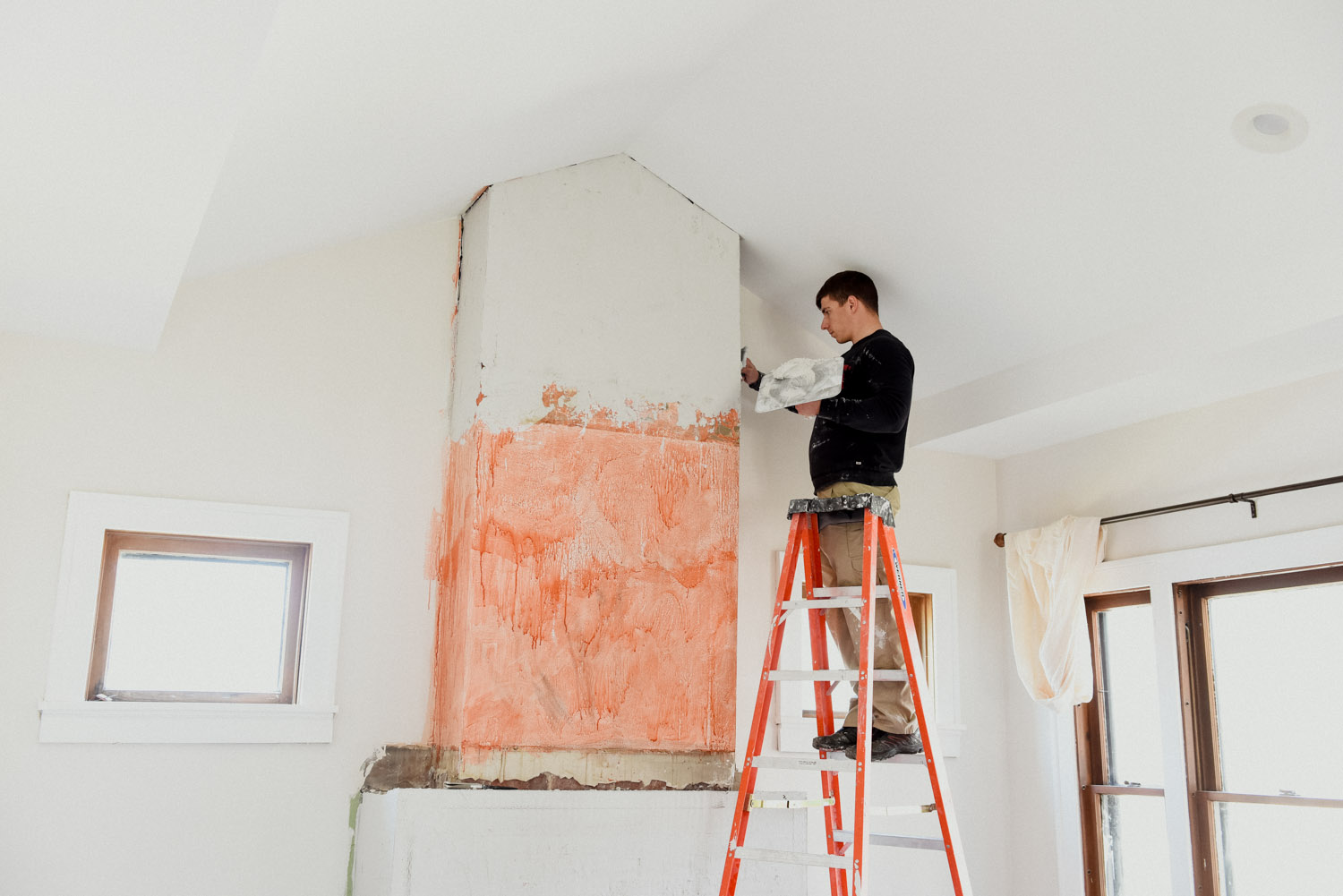

Building Materials
How To Stucco A Brick Fireplace
Modified: February 18, 2024
Learn how to stucco a brick fireplace with the right building materials. Our step-by-step guide will help you achieve a stunning transformation.
(Many of the links in this article redirect to a specific reviewed product. Your purchase of these products through affiliate links helps to generate commission for Storables.com, at no extra cost. Learn more)
Introduction
Stucco is a versatile and durable material that can transform the appearance of a brick fireplace, giving it a fresh and modern look. Whether you're aiming for a rustic, traditional, or contemporary style, stucco offers a wide range of design possibilities. By following the step-by-step process of stucco application, you can revitalize your brick fireplace and create a stunning focal point in your living space.
Stucco, a mixture of cement, sand, and water, has been used for centuries as a reliable and attractive building material. Its ability to adhere to various surfaces, including brick, makes it an ideal choice for updating and enhancing the aesthetic appeal of a fireplace. Furthermore, stucco is known for its resilience, providing a long-lasting finish that can withstand the heat and occasional sparks from the fireplace.
In addition to its aesthetic and functional benefits, stucco application is a rewarding and creative DIY project. It allows homeowners to personalize their living spaces and showcase their craftsmanship. With the right tools, materials, and guidance, you can embark on this project with confidence, knowing that the end result will be a testament to your dedication and creativity.
Throughout this guide, we will explore the step-by-step process of stucco application on a brick fireplace, from preparing the surface to applying the finish coat. By following these instructions and incorporating your unique design preferences, you can achieve a stunning transformation that elevates the ambiance of your home. Let's embark on this exciting journey of enhancing your brick fireplace with the timeless charm of stucco.
Key Takeaways:
- Transform your brick fireplace with stucco for a fresh, modern look. Follow the step-by-step process to create a stunning focal point in your living space, showcasing your creativity and craftsmanship.
- Prepare, apply, and personalize your stucco-clad fireplace. From cleaning and repairing the surface to adding texture and color, enjoy a rewarding DIY project that enhances your home’s ambiance.
Read more: How To Stucco A Brick Fireplace
Step 1: Preparing the Fireplace
Before applying stucco to a brick fireplace, thorough preparation is essential to ensure a smooth and durable finish. Here's a detailed breakdown of the preparatory steps:
-
Clean the Surface: Begin by thoroughly cleaning the brick surface to remove any dirt, dust, or debris. Use a wire brush and a mild detergent solution to scrub the bricks, ensuring that the surface is free from any loose particles or contaminants. Rinse the bricks with clean water and allow them to dry completely before proceeding.
-
Repair Any Damage: Inspect the brick surface for any cracks, chips, or damaged mortar joints. Use a suitable masonry repair compound to fill in any imperfections and ensure that the surface is uniform and structurally sound. This step is crucial for achieving a seamless stucco application and preventing future issues.
-
Apply a Bonding Agent: To enhance the adhesion of the stucco to the brick surface, apply a bonding agent or a concrete bonding adhesive. This will create a strong bond between the stucco and the brick, promoting long-term durability and preventing delamination.
-
Protect Surrounding Areas: Cover the surrounding areas, such as the floor and adjacent walls, with drop cloths or plastic sheeting to protect them from any splatter or drips during the stucco application process. This precaution will help maintain a clean and organized work environment.
-
Mask Off Adjacent Surfaces: Use painter's tape to mask off any adjacent surfaces, such as the mantel, hearth, or surrounding trim, to ensure that the stucco application remains confined to the brick fireplace. This step will facilitate a precise and controlled application process.
By meticulously preparing the brick fireplace, you will create a solid foundation for the subsequent stages of stucco application. This diligent approach sets the stage for a successful and visually appealing transformation, ensuring that the stucco adheres securely and enhances the overall aesthetic of the fireplace.
Step 2: Applying the Scratch Coat
The application of the scratch coat is a critical phase in the stucco process, as it sets the foundation for the subsequent layers and contributes to the overall strength and resilience of the finish. The scratch coat, also known as the base coat, serves as the initial layer of stucco that adheres directly to the prepared brick surface. Here's a detailed breakdown of the steps involved in applying the scratch coat:
Mixing the Stucco
Begin by preparing the stucco mixture according to the manufacturer's instructions. Typically, the scratch coat consists of a blend of Portland cement, sand, and water. Use a large mixing container to combine the ingredients, ensuring a uniform and workable consistency. It's essential to follow the recommended ratios and thoroughly mix the components to achieve a cohesive and well-bonded mixture.
Application Technique
Using a hawk and trowel, apply the stucco mixture onto the prepared brick surface in a consistent and even manner. Start from the bottom of the fireplace and work your way upward, maintaining a steady application pace to ensure uniform coverage. The goal is to achieve a scratch coat with a thickness of approximately 3/8 to 1/2 inch, providing a solid base for the subsequent layers.
Read more: How To Install A Stucco Fireplace
Scratching the Surface
Once the stucco is applied, use a scarifying tool or a large comb-like implement to create horizontal grooves or scratches across the surface of the scratch coat. This process, known as "keying," enhances the bond between the scratch coat and the subsequent layers, promoting adhesion and stability. The scratched surface provides a textured substrate for the next coat to grip onto, ensuring a strong and durable finish.
Curing and Moisture Management
After applying the scratch coat and creating the desired texture, it's crucial to monitor the curing process and manage moisture levels. Keep the scratch coat damp by lightly misting it with water or covering it with a damp burlap to facilitate proper hydration and curing. This step is essential for promoting the strength and integrity of the stucco as it sets and hardens over time.
By meticulously following the steps for applying the scratch coat, you establish a solid foundation for the subsequent phases of stucco application. The scratch coat not only contributes to the structural integrity of the finish but also plays a pivotal role in ensuring the longevity and resilience of the stucco-clad fireplace. With the scratch coat in place, you are ready to progress to the next stage of the stucco application process, bringing you closer to the transformation of your brick fireplace.
Step 3: Applying the Brown Coat
The application of the brown coat marks a significant stage in the stucco process, building upon the foundation established by the scratch coat and paving the way for the final finish. The brown coat, also referred to as the leveling coat, serves as an intermediary layer that contributes to the overall smoothness, strength, and visual appeal of the stucco finish. Here's a detailed exploration of the steps involved in applying the brown coat:
Mixing the Brown Coat
Prepare the stucco mixture for the brown coat, following the manufacturer's guidelines for the appropriate blend of Portland cement, sand, and water. Achieving the right consistency is crucial, as it ensures that the brown coat can be applied smoothly and evenly onto the scratch coat. Thoroughly mix the components to create a workable mixture that exhibits cohesion and proper bonding properties.
Application Technique
Using a hawk and trowel, apply the brown coat onto the cured scratch coat in a consistent and controlled manner. Work from the bottom of the fireplace, gradually building up the layer to achieve the desired thickness. The goal is to create a uniform surface that addresses any irregularities or imperfections present in the scratch coat, resulting in a level and visually appealing foundation for the final finish.
Smoothing and Leveling
As the brown coat is applied, use the trowel to smooth and level the surface, ensuring that it conforms to the desired contours and dimensions. Pay attention to achieving an even and uniform texture, addressing any undulations or rough areas to create a seamless canvas for the subsequent finish coat. This meticulous approach contributes to the overall aesthetic quality and durability of the stucco-clad fireplace.
Curing and Moisture Management
After applying the brown coat, it's essential to monitor the curing process and manage moisture levels to promote optimal strength and resilience. Keep the brown coat damp by lightly misting it with water or employing other appropriate curing methods recommended by stucco professionals. This careful attention to curing facilitates the hardening and solidification of the brown coat, ensuring a robust and enduring foundation for the final stucco layer.
By meticulously executing the steps for applying the brown coat, you advance towards the completion of the stucco application process, bringing your vision of a transformed brick fireplace closer to reality. The brown coat not only enhances the structural integrity and visual appeal of the stucco finish but also sets the stage for the final phase of the application, culminating in a stunning and enduring enhancement to your living space.
Step 4: Applying the Finish Coat
The application of the finish coat represents the culmination of the stucco application process, where the fireplace undergoes its final transformation, taking on the desired texture, color, and visual appeal. The finish coat, also known as the texture coat, is the outermost layer of the stucco application, responsible for imparting the distinctive aesthetic character and tactile quality to the fireplace. Here's a detailed exploration of the steps involved in applying the finish coat:
Read more: How To Stucco A Brick Wall
Mixing the Finish Coat
Prepare the stucco mixture for the finish coat, adhering to the manufacturer's specifications for the precise combination of Portland cement, sand, and pigments, if desired. The finish coat offers an opportunity to introduce color and texture, allowing for a customized and personalized aesthetic. Thoroughly mix the components to achieve a homogeneous blend that embodies the desired visual and tactile characteristics.
Application Technique
Using a hawk and trowel, apply the finish coat onto the cured brown coat with precision and artistry. This stage demands a meticulous approach, as the finish coat defines the final appearance of the fireplace. Whether aiming for a smooth, textured, or patterned finish, the application technique plays a pivotal role in achieving the desired aesthetic outcome. Work methodically and attentively, ensuring that the finish coat is evenly distributed and conforms to the envisioned design.
Texture and Detailing
As the finish coat is applied, pay close attention to texture and detailing, incorporating any desired patterns, grooves, or surface treatments to enhance the visual interest and tactile appeal of the fireplace. This stage allows for creative expression, enabling homeowners to infuse their unique style and preferences into the stucco finish. Whether opting for a traditional, rustic texture or a contemporary, sleek surface, the detailing process contributes to the individuality and charm of the fireplace.
Curing and Protection
After applying the finish coat, prioritize the curing process to promote the hardening and strengthening of the stucco. Monitor the moisture levels and employ appropriate curing methods to ensure optimal durability and resilience. Additionally, consider applying a protective sealant or coating to safeguard the finish against environmental elements and potential wear, prolonging the longevity and vibrancy of the stucco-clad fireplace.
By meticulously executing the steps for applying the finish coat, you bring the stucco application process to its crowning achievement, unveiling a transformed brick fireplace that embodies your design vision and elevates the ambiance of your living space. The finish coat not only imparts the final aesthetic character and tactile allure but also signifies the completion of a rewarding and creative journey of enhancing your home with the enduring charm of stucco.
Read more: How To Transform A Brick Fireplace
Step 5: Finishing Touches and Maintenance
With the completion of the stucco application process, attention turns to the final touches and ongoing maintenance to ensure the longevity and visual appeal of the stucco-clad fireplace. This phase encompasses essential tasks that contribute to the overall finish and preservation of the fireplace, allowing homeowners to enjoy the enduring beauty and functionality of their enhanced living space.
Final Inspections
Conduct a thorough visual inspection of the stucco finish, paying attention to any imperfections, irregularities, or areas that may require touch-ups. Addressing minor issues at this stage can contribute to a polished and seamless appearance, ensuring that the fireplace exudes a refined and well-crafted aesthetic.
Detailing and Trimming
Attend to any detailing or trimming around the fireplace, such as refining the edges, corners, and transitions between the stucco and adjacent surfaces. This meticulous attention to detail enhances the overall presentation of the fireplace, creating a cohesive and harmonious integration within the living space.
Sealant Application
Consider applying a high-quality sealant or protective coating to the stucco finish, safeguarding it against moisture, UV exposure, and potential wear. The sealant serves as a barrier, enhancing the resilience and weather resistance of the stucco-clad fireplace, thereby prolonging its vibrancy and structural integrity.
Read more: How To Seal A Brick Fireplace
Maintenance Guidelines
Provide homeowners with comprehensive maintenance guidelines, outlining best practices for preserving the stucco finish and addressing common maintenance tasks. This proactive approach empowers homeowners to care for their stucco-clad fireplace, promoting its long-term durability and aesthetic appeal.
Ongoing Care
Encourage homeowners to regularly inspect and clean the stucco finish, addressing any accumulation of dirt, dust, or environmental residues. Additionally, recommend periodic inspections for signs of wear or damage, allowing for timely repairs and maintenance to uphold the pristine condition of the stucco-clad fireplace.
By attending to these finishing touches and establishing a proactive maintenance approach, homeowners can relish in the enduring beauty and functionality of their stucco-clad fireplace. This comprehensive care and attention contribute to a captivating and resilient living space, showcasing the timeless allure and durability of stucco as a transformative building material.
Conclusion
In conclusion, the process of stucco application on a brick fireplace represents a transformative journey that combines craftsmanship, creativity, and practicality. By following the step-by-step guide outlined in this article, homeowners can embark on a rewarding DIY project that revitalizes their living space and elevates the aesthetic appeal of their fireplace.
The meticulous preparation of the fireplace surface sets the stage for a seamless and durable stucco application. From cleaning and repairing the brick surface to applying bonding agents and protecting surrounding areas, the preparatory steps ensure a solid foundation for the subsequent layers of stucco.
The application of the scratch coat, brown coat, and finish coat represents a progressive evolution, each layer contributing to the overall strength, smoothness, and visual allure of the stucco-clad fireplace. From creating a textured substrate with the scratch coat to achieving a level and visually appealing foundation with the brown coat, the stucco application process demands precision, artistry, and attention to detail.
The finish coat, in particular, represents the pinnacle of the stucco application, allowing homeowners to infuse their unique style and preferences into the fireplace's aesthetic character. Whether opting for a smooth, textured, or patterned finish, the application technique and detailing process enable creative expression, resulting in a personalized and captivating fireplace design.
Furthermore, the final touches and ongoing maintenance guidelines underscore the commitment to preserving the longevity and vibrancy of the stucco-clad fireplace. By attending to detailing, applying sealants, and embracing proactive maintenance practices, homeowners can ensure that their enhanced fireplace remains a focal point of enduring beauty and functionality.
In essence, the journey of stucco application on a brick fireplace transcends the mere act of renovation; it embodies a fusion of artistry, practicality, and enduring charm. The timeless appeal and resilience of stucco as a building material converge with the homeowner's vision, resulting in a captivating and enduring enhancement to their living space. As the stucco-clad fireplace takes center stage, it becomes a testament to the transformative power of craftsmanship and creativity, enriching the ambiance of the home for years to come.
Frequently Asked Questions about How To Stucco A Brick Fireplace
Was this page helpful?
At Storables.com, we guarantee accurate and reliable information. Our content, validated by Expert Board Contributors, is crafted following stringent Editorial Policies. We're committed to providing you with well-researched, expert-backed insights for all your informational needs.
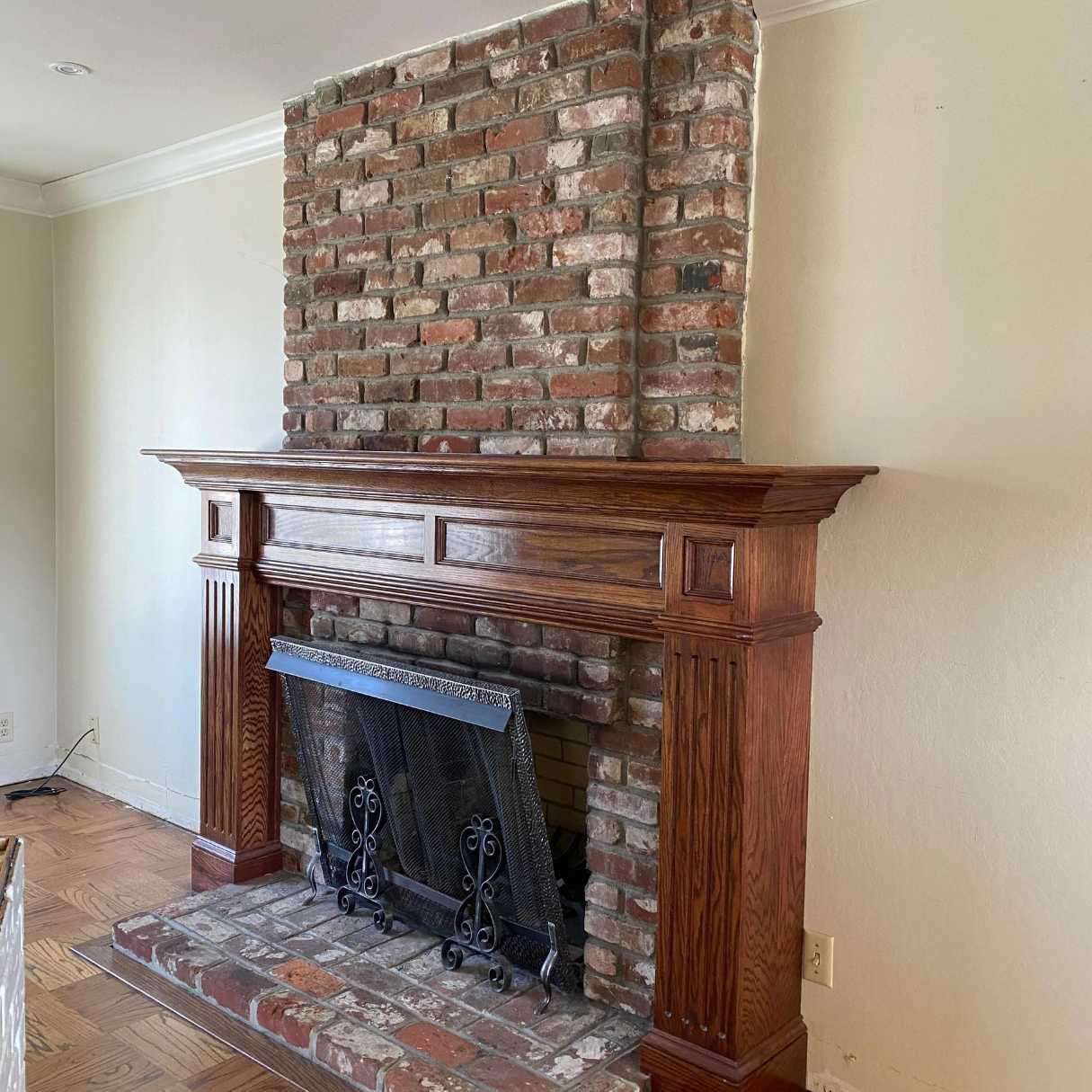
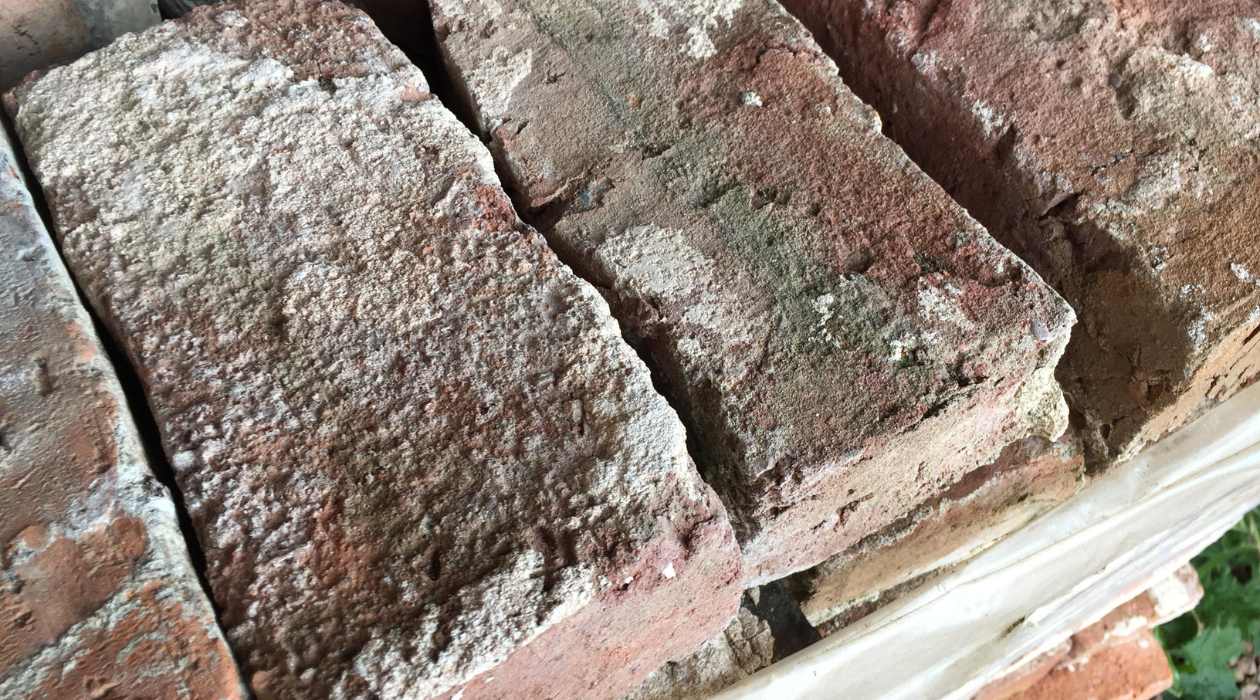
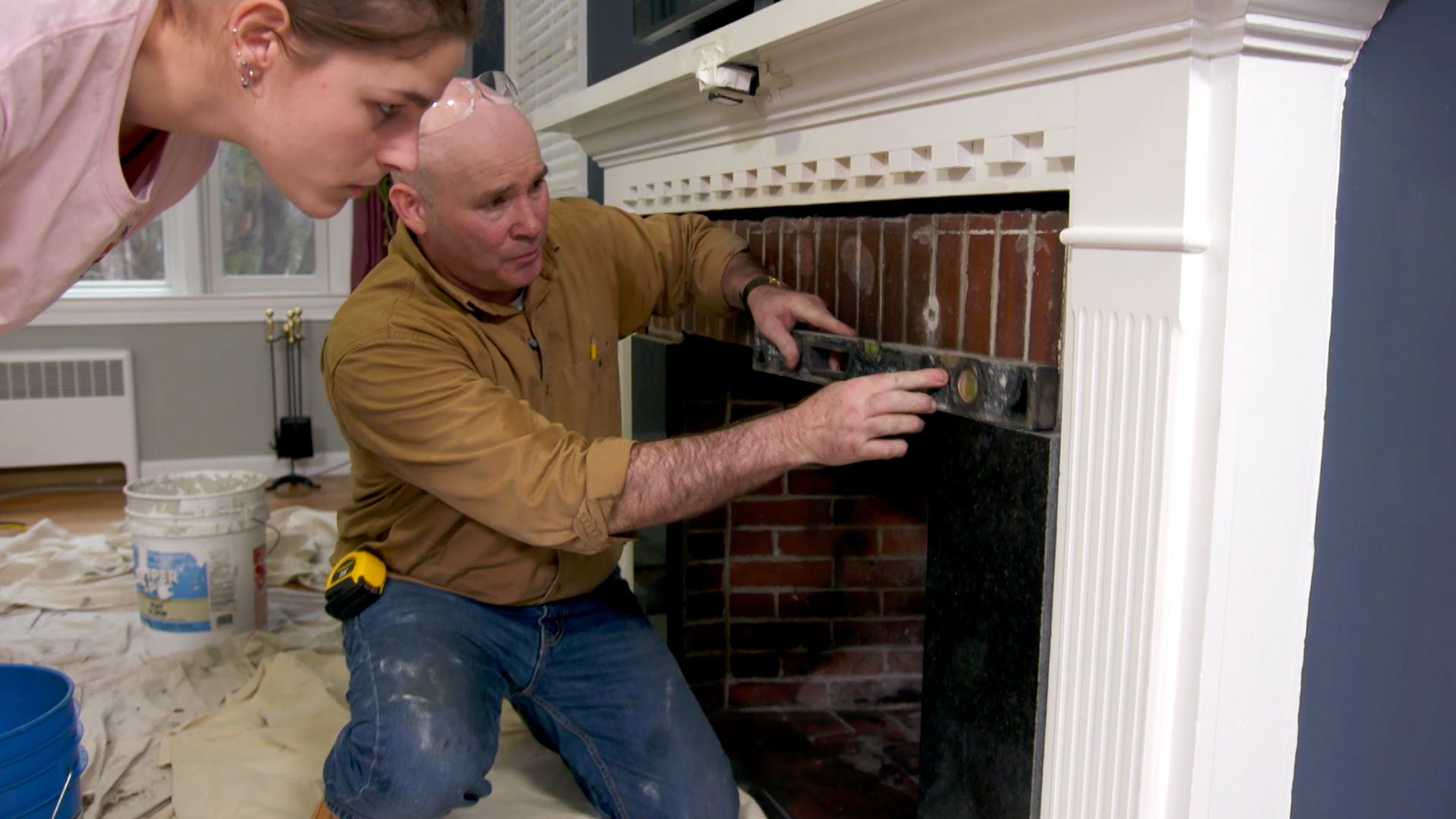
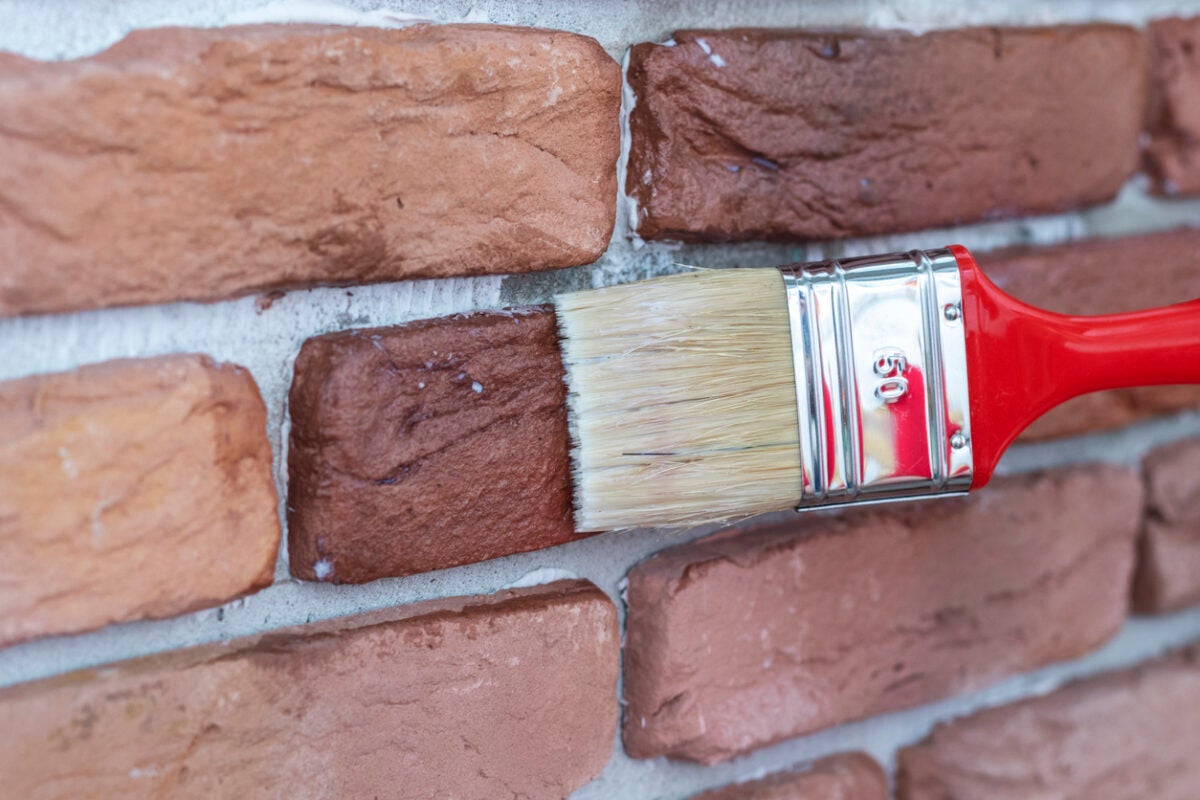
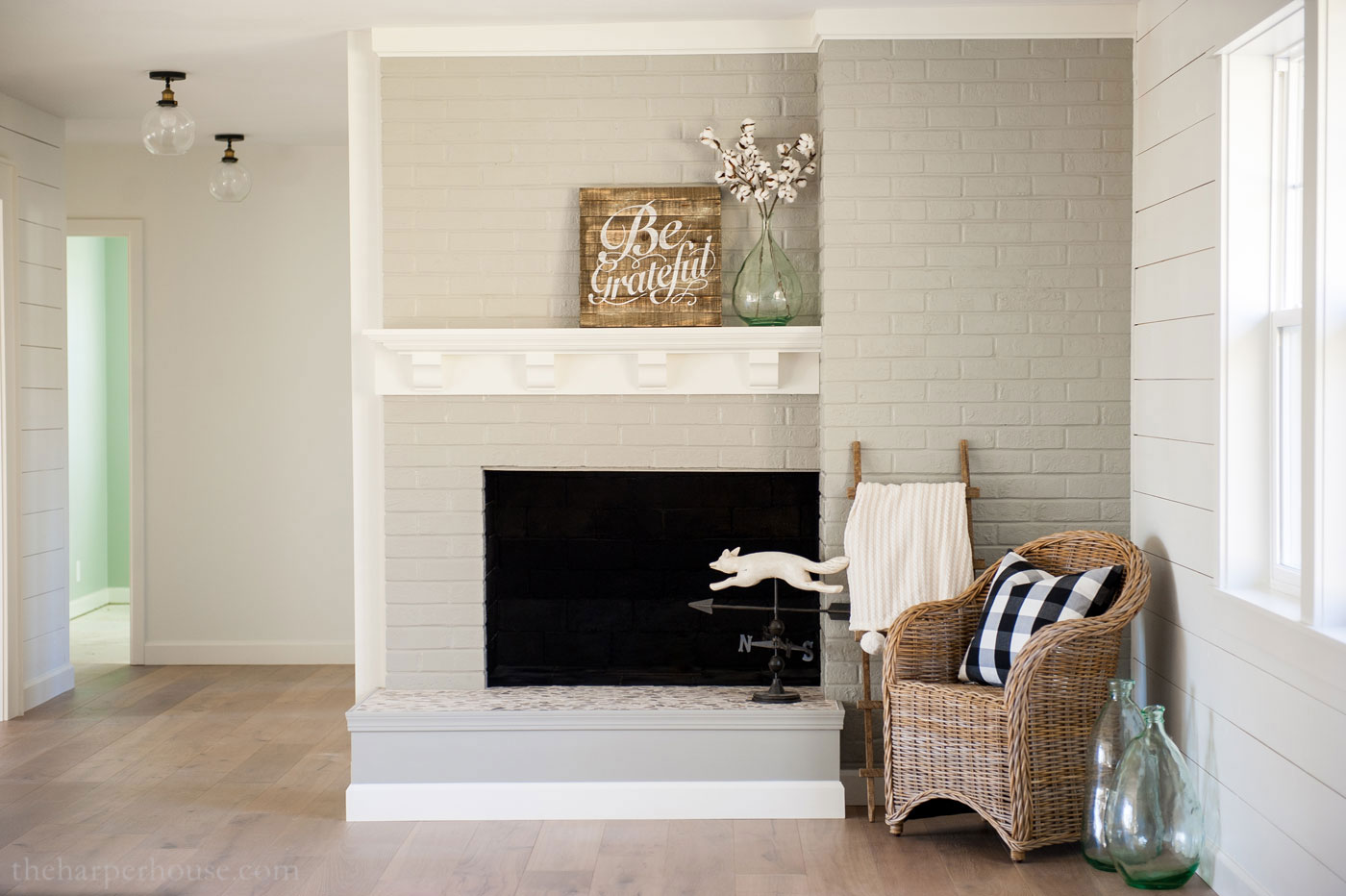
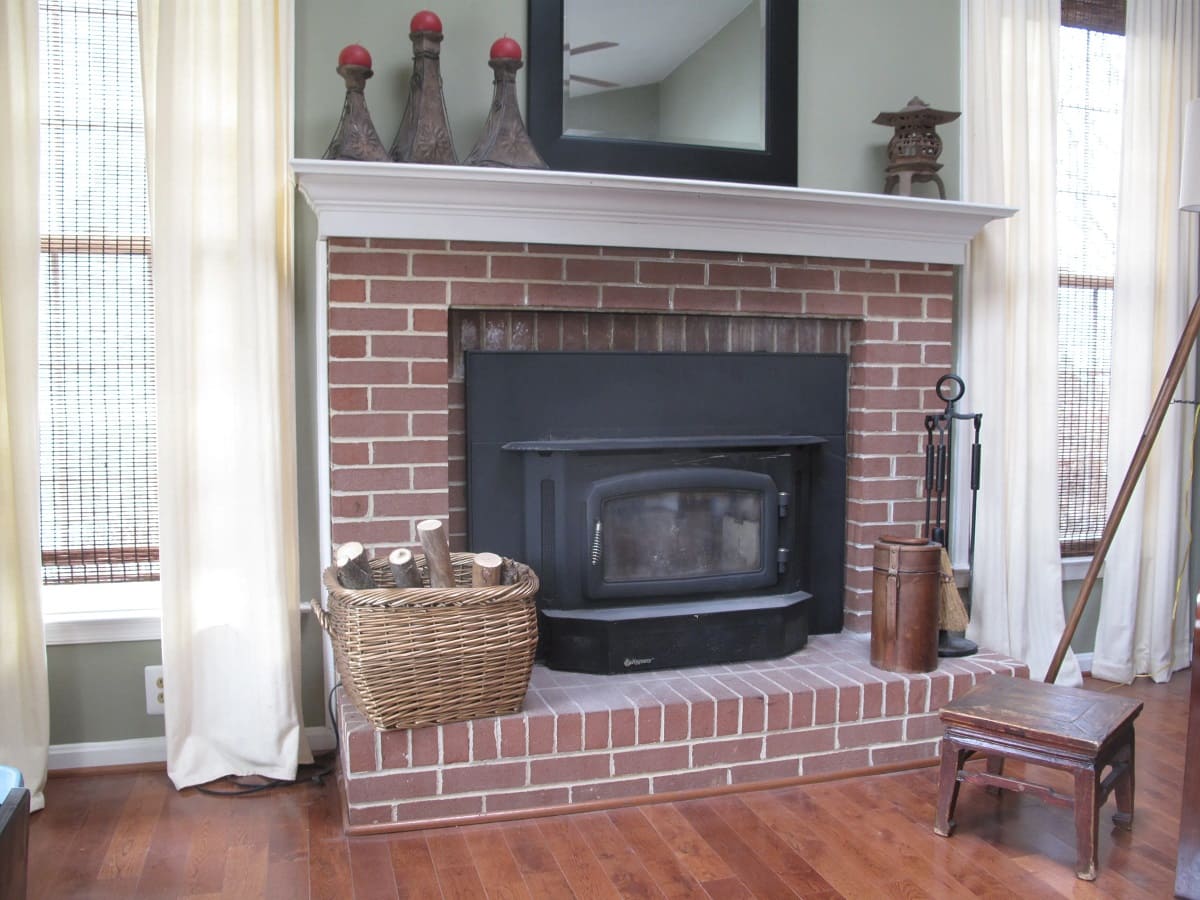
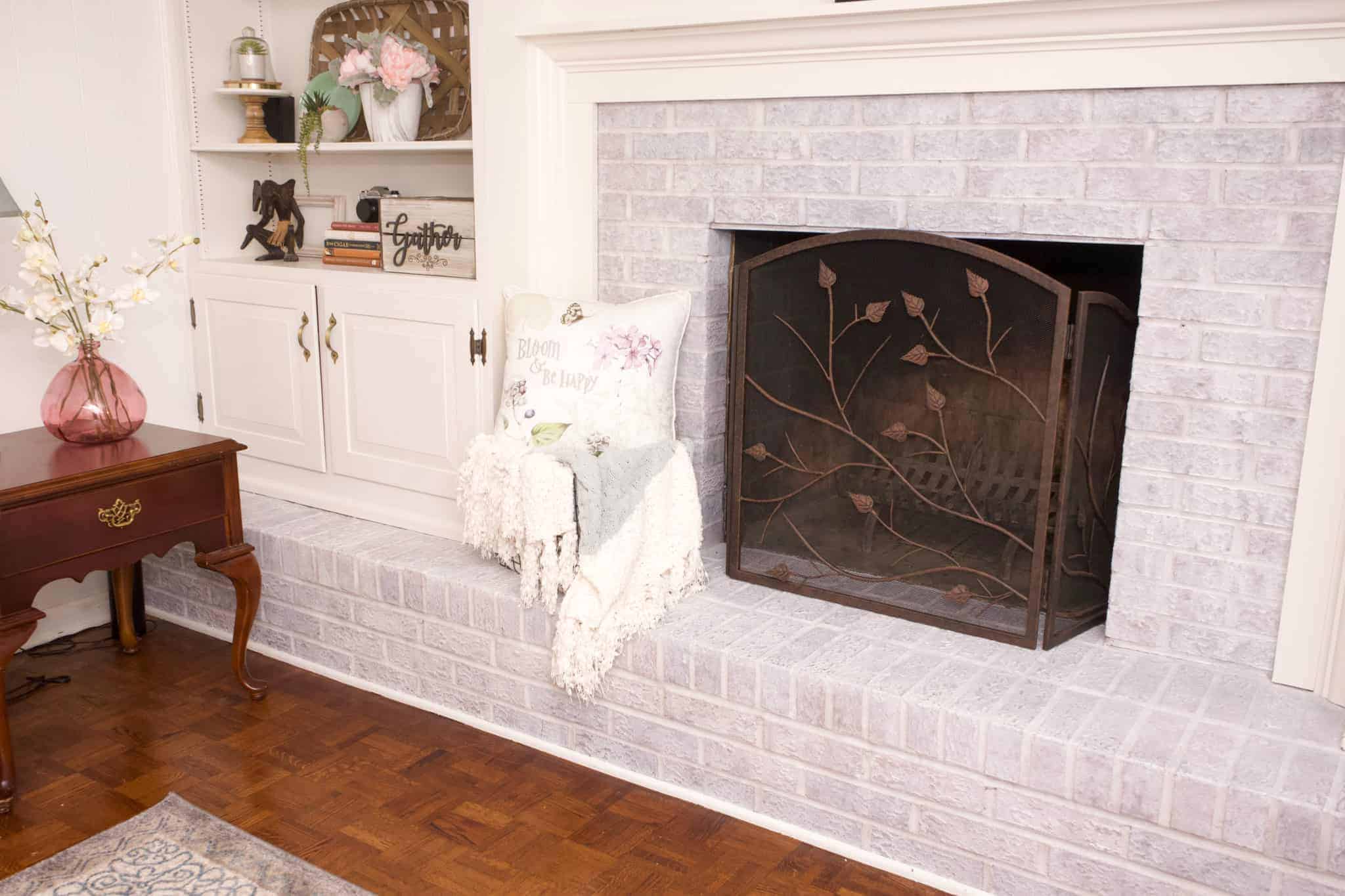
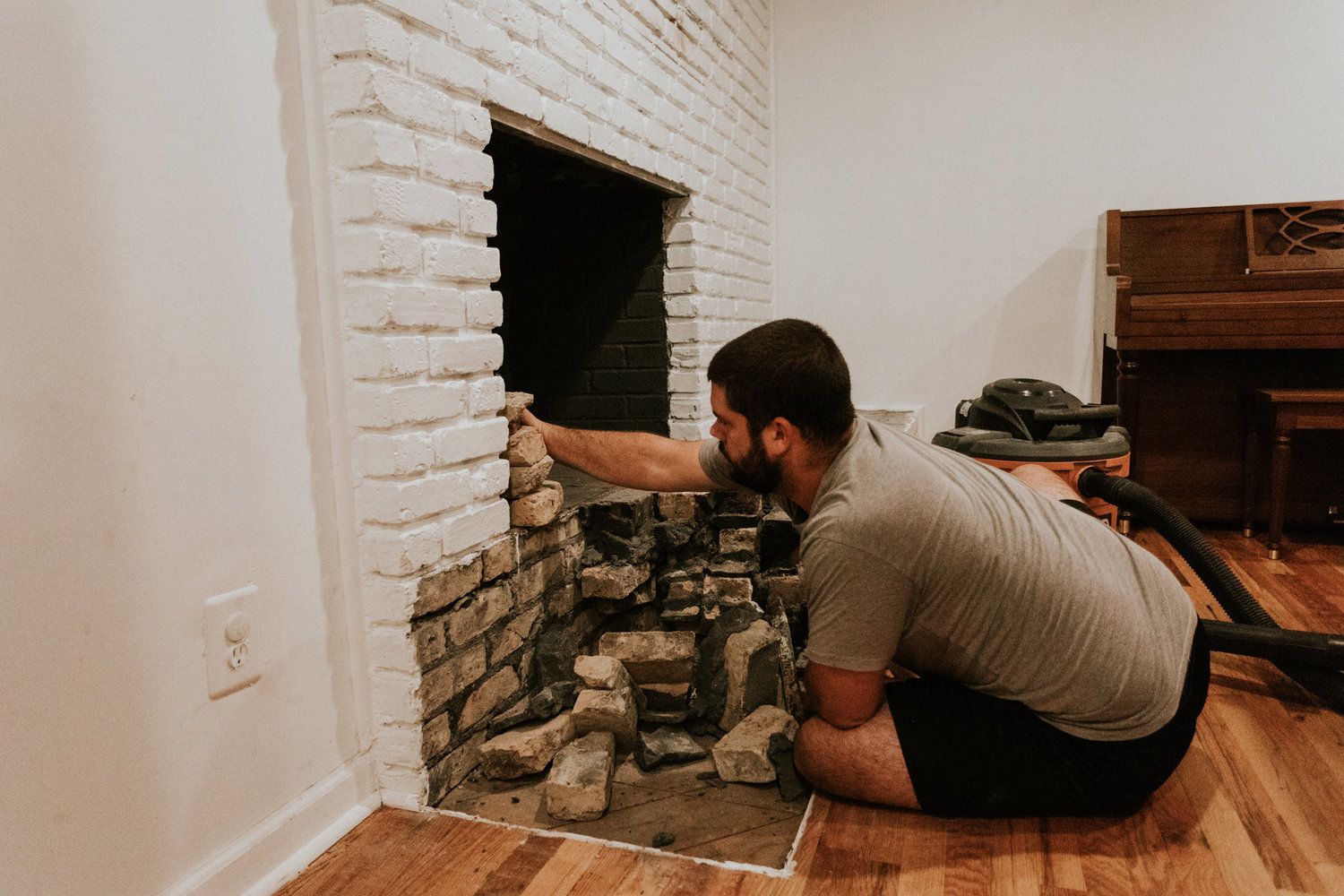
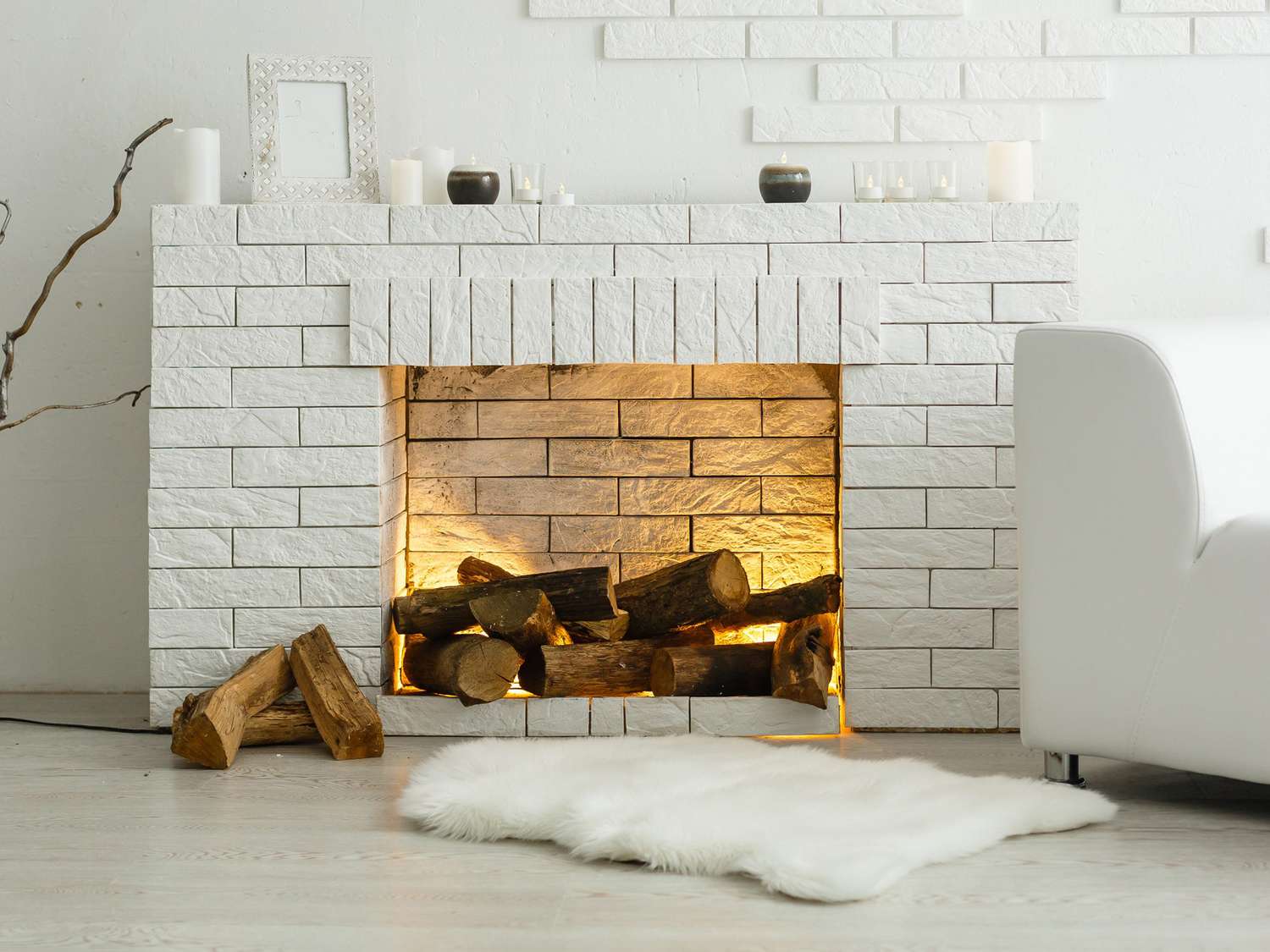
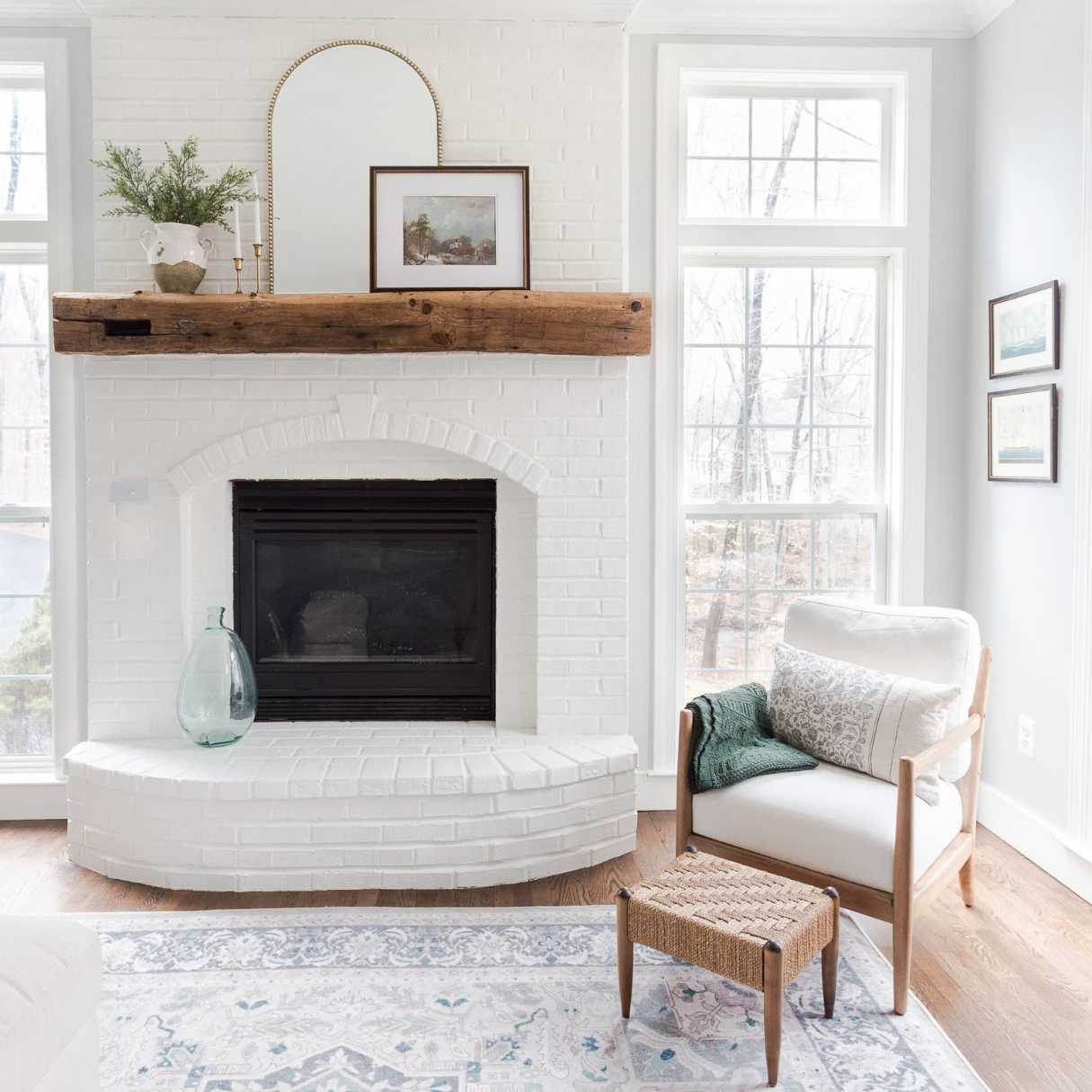

0 thoughts on “How To Stucco A Brick Fireplace”